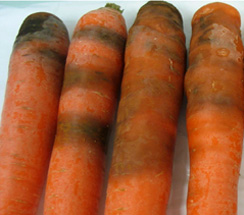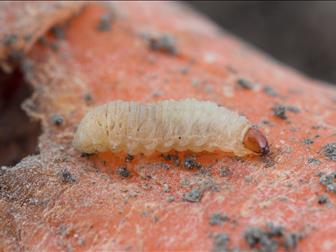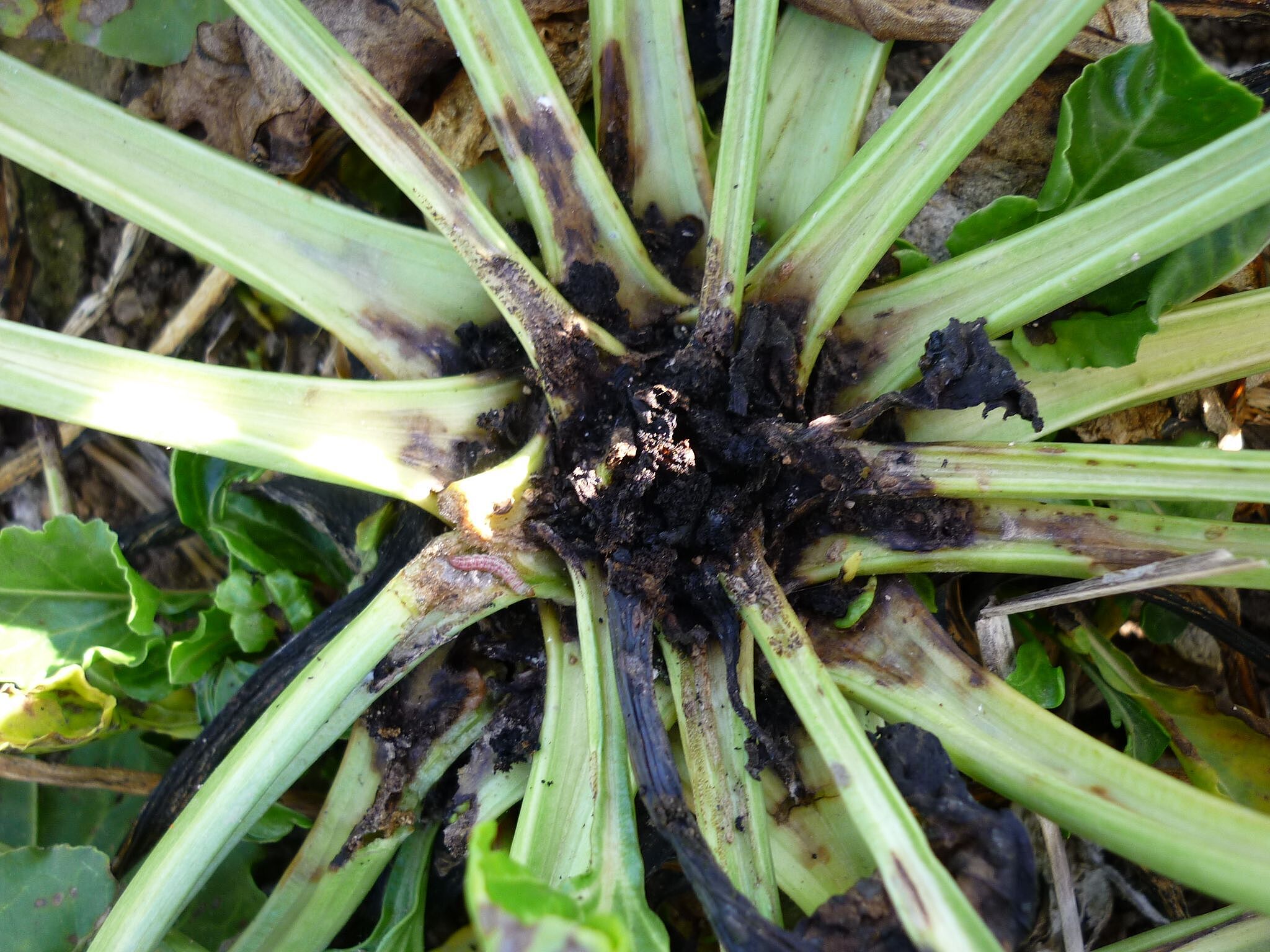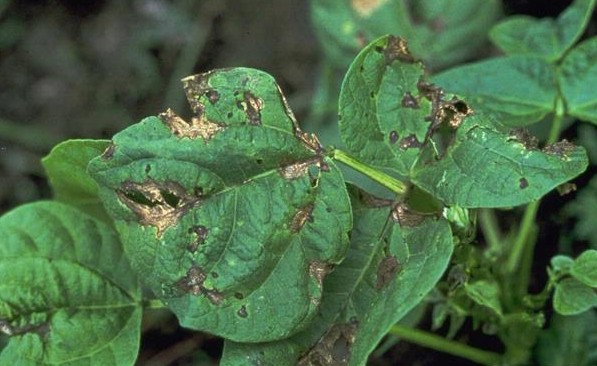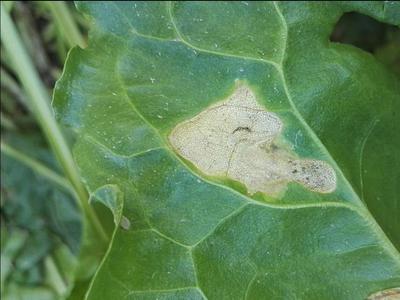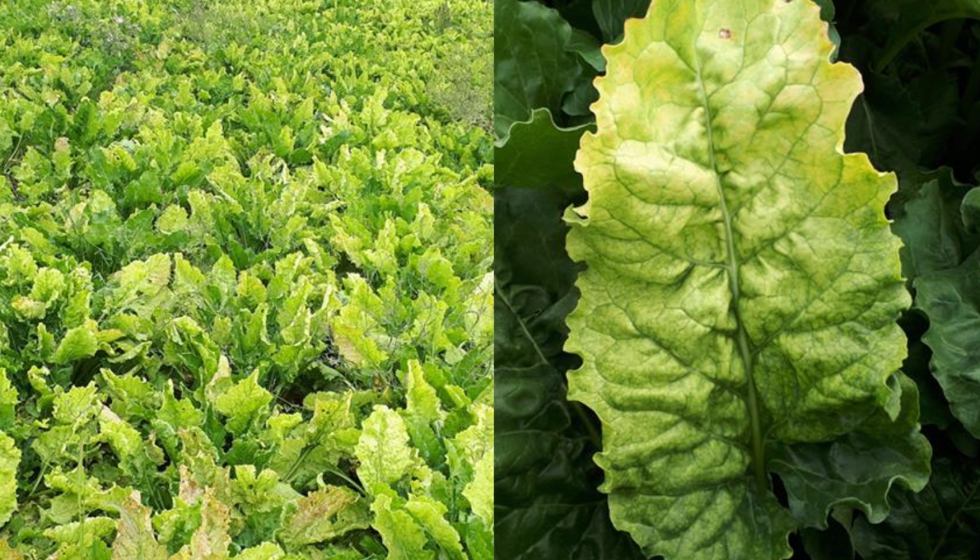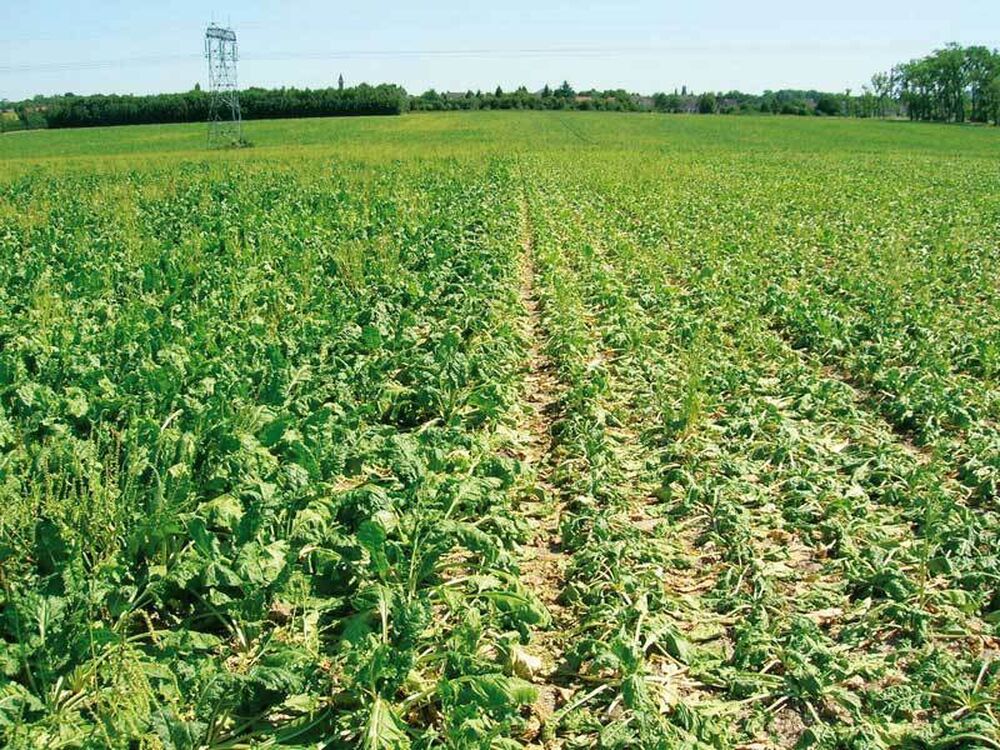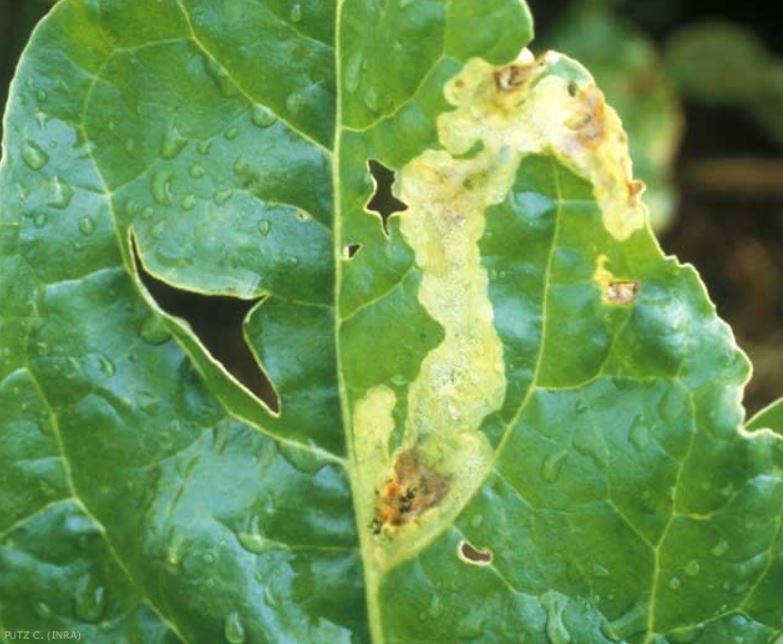
Zanahoria
How to recognize and combat vinous rot in carrots
Bad Vinous
Fungus
Type:
Risk to the plant:
HIGH
Rhizoctonia Violacea
Pathogen:
Micosis/Hongos

WHO CAUSES IT?
Rhizoctonia violacea is a pathogenic fungus that is characterized by its ability to infect a variety of plants, including carrots, causing the disease known as mal vinosus. This fungus lives in the soil and can survive for long periods in the absence of a host by producing sclerotia, hard and resistant structures. When conditions are favorable, sclerotia germinate, producing hyphae that invade the roots of the plants. Rhizoctonia violacea penetrates the roots through wounds or direct contact, colonizing the internal tissues and causing the decomposition of the cells. As the fungus grows, it forms mycelium on the surface of the roots and produces spores that are dispersed by wind and water, facilitating the infection of new plants. Additionally, the fungus can survive on infected plant remains and in soil, making it a persistent pathogen that is difficult to eradicate.
SYMPTOMS
The disease caused by Rhizoctonia violacea in carrots, known as mal vinoso, mainly affects the roots, although it can also impact the aerial part of the plant. Symptoms include the appearance of purple to dark brown lesions on the roots, which eventually rot and collapse, affecting the overall health of the plant.
- Purple to dark brown lesions on the roots.
- Root rot.
- Collapse of infected roots.
- Reduction in plant vigor and growth.
- Wilting of the aerial part of the plant.
- Death of severely affected plants.

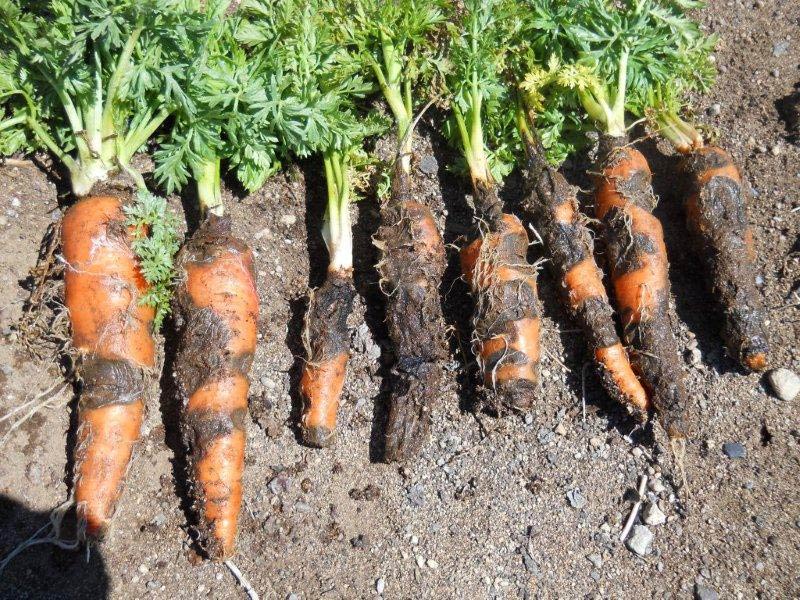
DEVELOPMENT CONDITIONS
Temperature:
20°C - 25°C
Humidity:
80% - 90%
HOW IS IT SPREAD?
Irrigation water, Wind, Contaminated tools, Infested soil, Infected plant remains, Infected seeds
HOW TO ELIMINATE IT?
Home treatments
There are no home treatments
Natural allies
Chemical treatments
There are no treatments for this disease. Treatments are directed at the insect vectors that transmit it. See insect treatments.
RECOMMENDED PRODUCTS TO ELIMINATE THE PEST
REPELLENT PLANTS
-
RECOMMENDATIONS
- Avoid wetting the leaves when watering, do it directly to the ground.
- Don't put the plants too close together, leave room for air to circulate.
- Remove leaves or diseased parts as soon as you see them.
- Use natural fungicides such as baking soda, copper or horsetail.
- Do not reuse soil from plants that were sick.
- Clean the tools well before and after using them.
- If you grow indoors, open windows or use fans from time to time.




